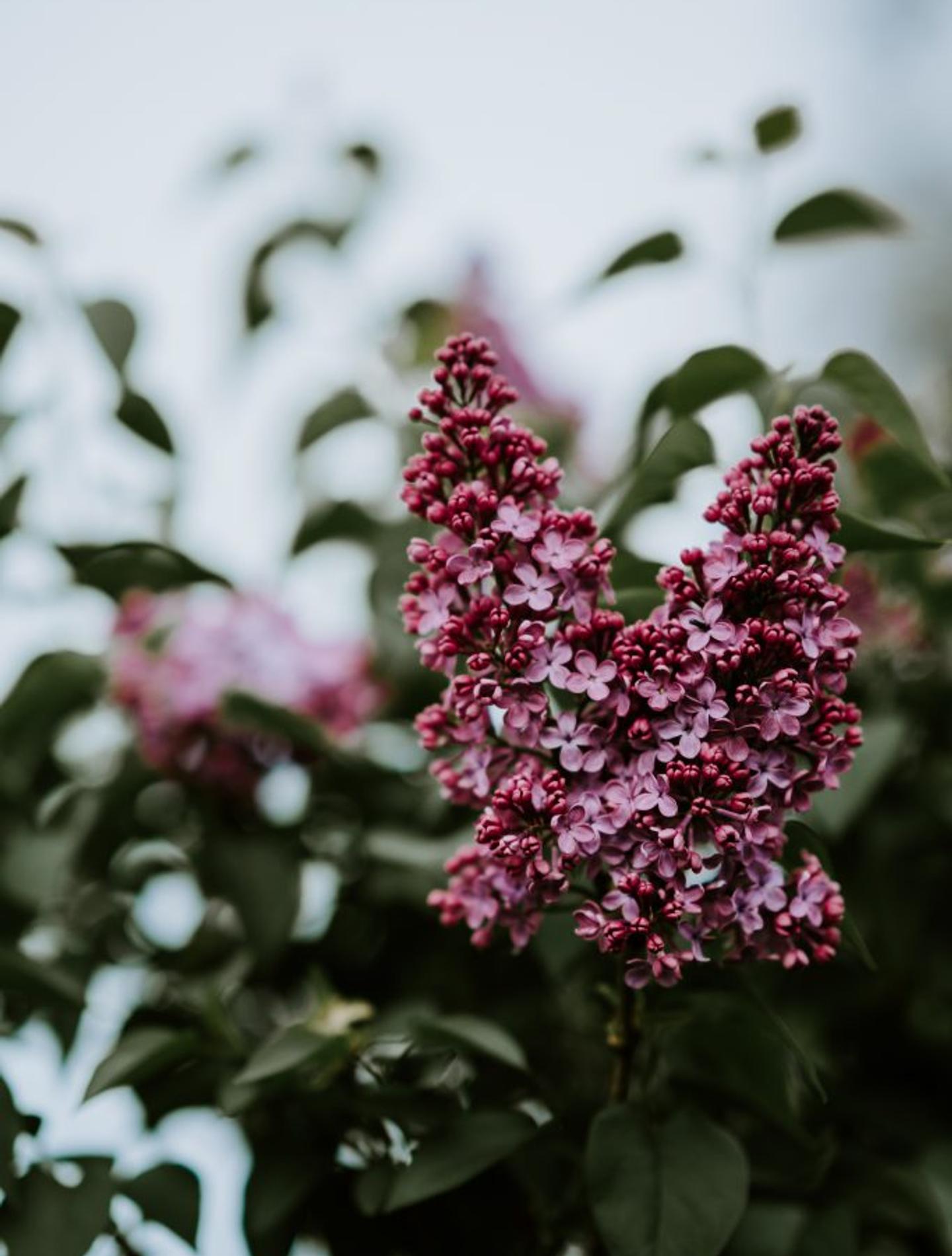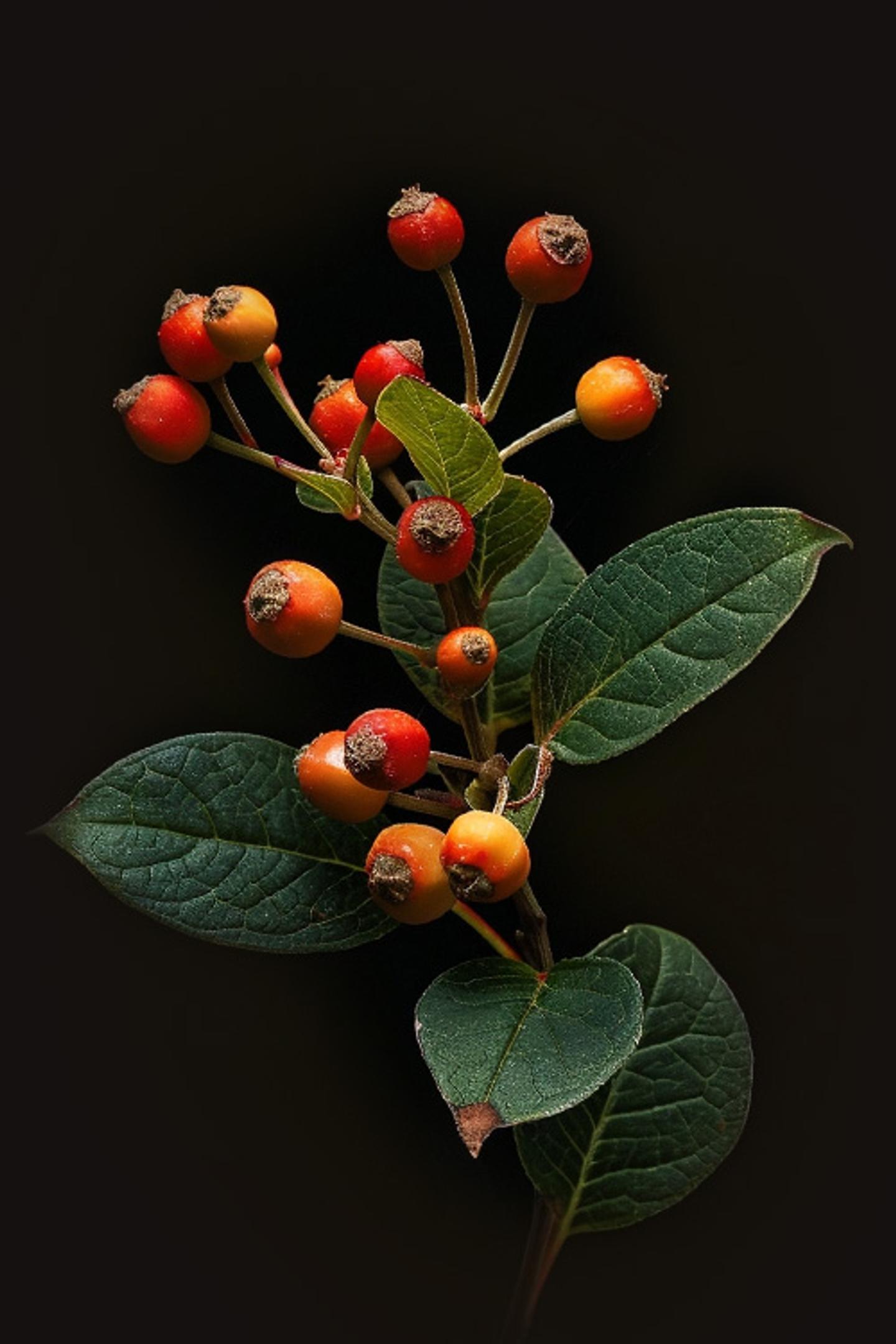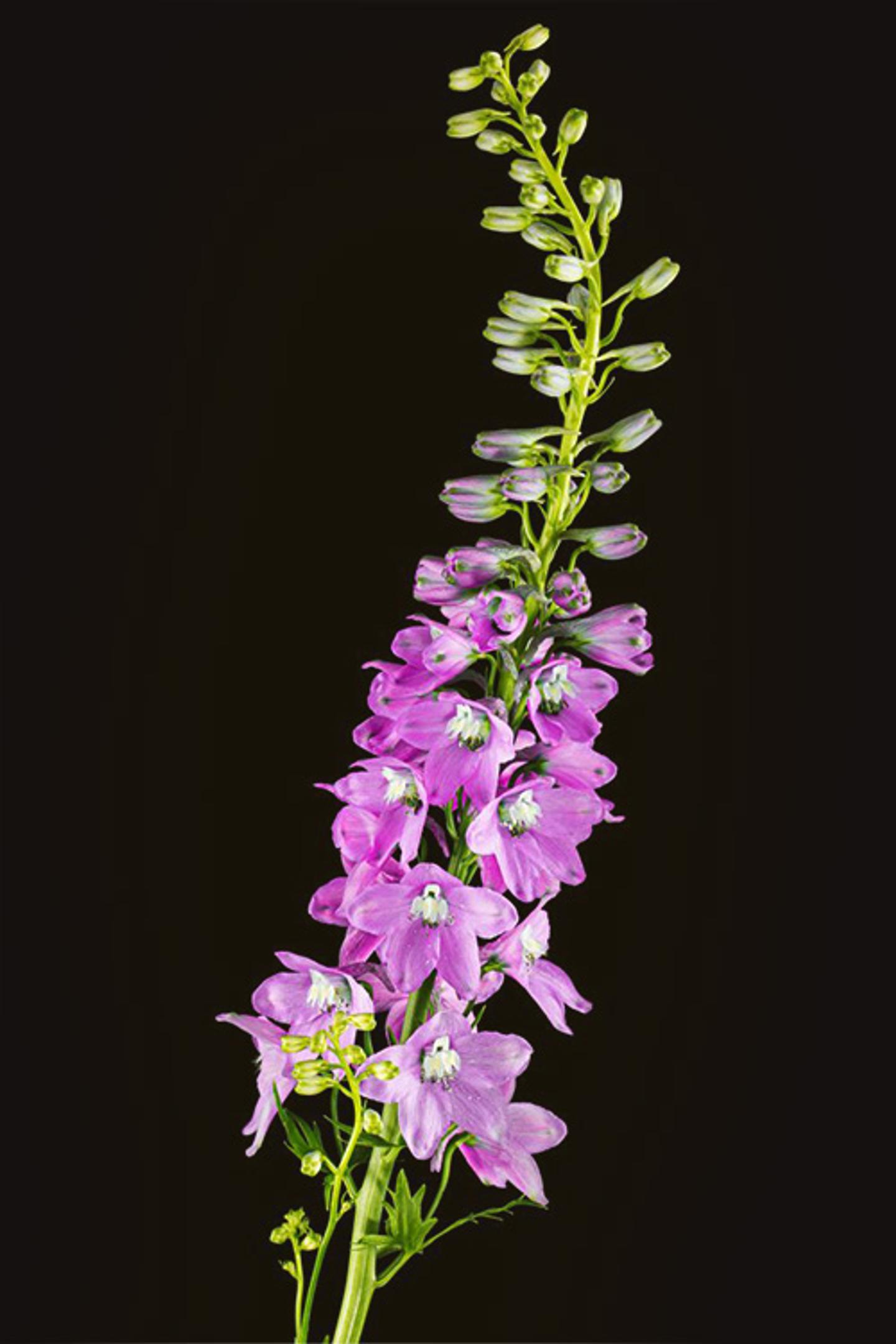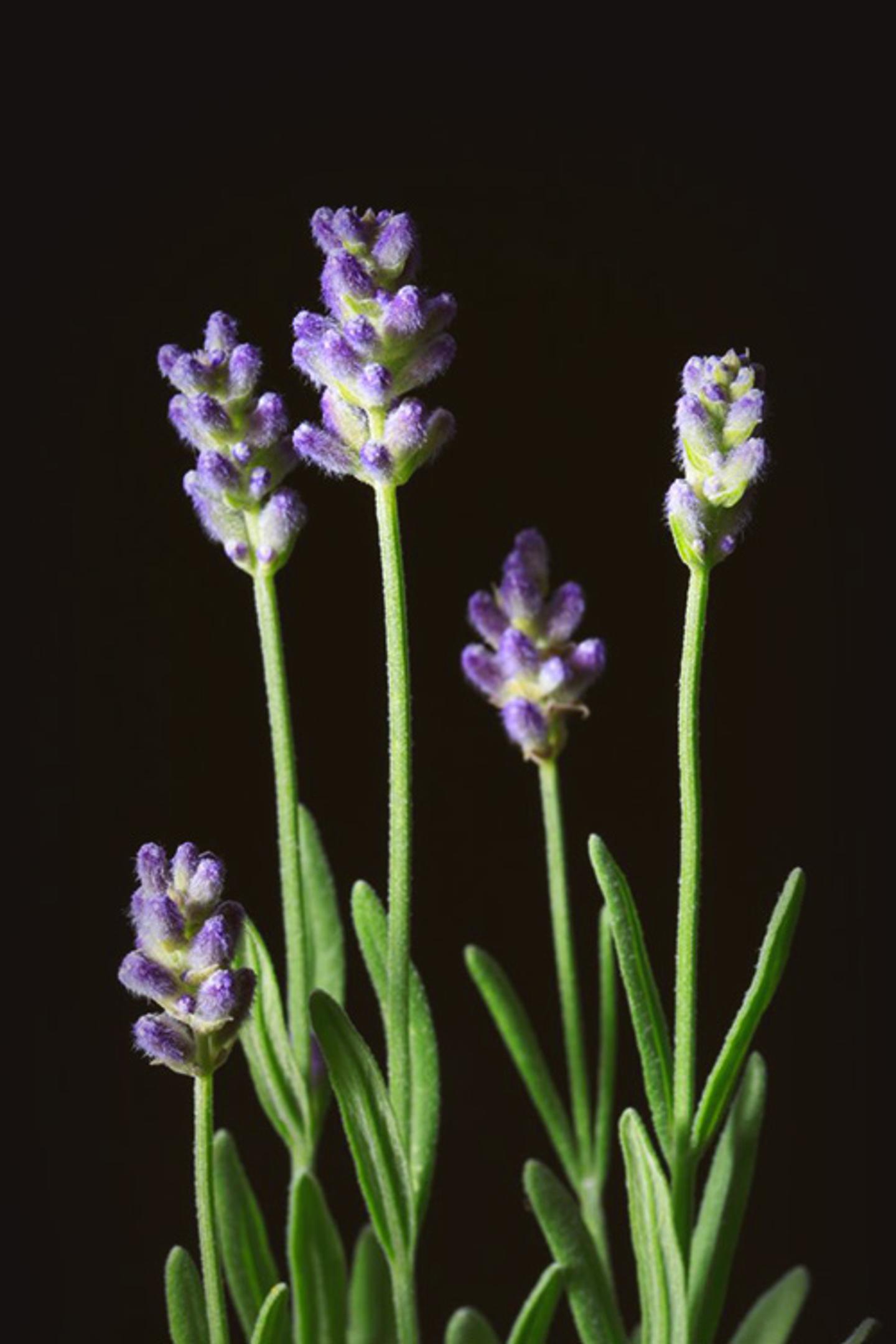Flower Meanings
Lilac


The Meaning of the Lilac
Victorian flower dictionaries say that lilac signifies the first emotions of love. As one of spring’s earliest blooms, with a fragrance that is deeply evocative but hard to describe, the association with budding love is a good fit.
The most common color for lilacs is, you guessed it, lilac—that soft purple pastel with maybe a little blue, perhaps a touch of gray.
This purple is the shade that the Victorians especially loved. Widows would wear lilac corsages in remembrance of their husbands. A nosegay with lilac might be an innocent gift from a youthful suitor or an attempt to rekindle an old flame.
What do you think was the Victorian version of looking up a summer camp sweetheart on Facebook?
T.S. Eliot captured the bittersweet pang of nostalgia that lilacs can conjure with his iconic opening line from “The Wasteland”:
April is the cruelest month, breeding
Lilacs out of the dead land, mixing
Memory and desire, stirring
Dull roots with spring rain.
Lilacs bloom early, but their beauty is fleeting. As spring heats up into summer, the scent disappears almost as quickly as it arrived. The Pre-Raphaelite artists, with their dreamy vision of the natural world, often painted scenes of young women amid lilac bushes or wearing the flower tucked into their hair.
White lilacs are plentiful in North America, too, and in many cultures and eras, white is not only a color of innocence but also a color of death. Christian churches often decorate with white lilac at Easter, representing the resurrection of Christ.
Flower dictionaries are silent on the symbolism of less widespread pink or yellow lilac blooms, so get creative! Think pink for a pick-me-up or yellow to inspire a sunshiny smile.
In her modern-day The Language of Flowers (1987), Sheila Pickles writes that “in some villages, a lilac branch is said to signify a broken engagement.” What’s worse—to be dumped by cryptic flower delivery or by terse text message? There are tons of great reasons to give someone lilacs, but this is one that we don’t endorse.
What Does Lilac Smell Like?
Common lilacs have a strong, sweet, heady scent that will quickly take over the space if brought indoors. [6]

"O were my love yon Lilac fair, Wi’ purple blossoms to the Spring, And I, a bird to shelter there, When wearied on my little wing!"
Robert Burns
The History of the Lilac
You know that animated map in the Indiana Jones movies, where we track his journey from country to country following a dotted line? One of those would be useful in showing how Syringa vulgaris, the common lilac, eventually ended up in the United States.
The plant is found in almost all of North America, but it didn’t arrive here until 1750, via Puritan colonists [4] from England. Nearly 200 years earlier, it had gotten to England from France and to France from Vienna and to Vienna from Ottomans in Constantinople. It took until 1828 for naturalist Anton Rocher [5] to spot some wild lilac on the Balkan peninsula, then part of the Ottoman Empire, and identify that as its true native origin.
Now imagine the dotted line of our Indiana Jones map is jumping back across the Atlantic Ocean to New Hampshire, where lilacs became the official state flower in 1919. [6]
As any New Englander will tell you, miserable winters build character, just as Syringa couldn’t produce its spring blooms if it didn’t have the shock of winter chill. The New Hampshire declaration reads that lilac “is symbolic of that hardy character of the men and women of the Granite State.”
On to Rochester, New York! The world’s longest-running lilac festival has been held here every year since 1898 in Highland Park. More than 1,200 bushes representing at least 500 varieties show the beloved lilac at her absolute best.
Back across the pond to England again, where we find a different Rochester—Jane Eyre’s would-be groom in Charlotte Bronte’s 1847 novel. Jane rejects Mr. Rochester’s offer of a silk wedding dress, preferring her own lilac gingham, more befitting of her youth.
There’s no way Bronte’s Victorian readers would have missed the lilac symbolism.
We’ll remain in the realm of fiction as we wrap up these lilac legends with a final fact about its genus name, Syringa. [7] It comes from a story about Syrinx, a chaste river nymph who escaped the lecherous attention of the god Pan only by transforming herself into water reeds.
However, not the best escape option as Pan used those reeds to make his first set of pan pipes, which are also called Syrinx. What does any of this have to do with lilac? It turns out that some varieties of lilac bushes have a hollow stem that really is used to make pan pipes.
How’s that for a dizzying flight through the history of lilac?
DID YOU KNOW - Lilac Fun Fact
Love lilacs? Like, loooooove lilacs? The International Lilac Society [11] will welcome you with open arms for a mere $5 annual dues. With the motto “A lilac in every garden… the world over!” ILS members share knowledge, research, and a contagious enthusiasm for Syringa in all its glory.

How to Grow Lilacs
Lilacs are the third best-selling plant in American garden stores. [8] Easy to grow, easy to care for, and early to bloom, as long as lilacs get a ton of sun and their soil isn’t soggy, they should be happy.
There are dozens of varieties and hundreds of cultivars. In North America, the common lilac (Syringa vulgaris) is the shrub of choice. These deciduous bushes can grow anywhere from 6 to 30 feet tall and up to 20 feet wide. They don’t need pruning to stay healthy, only to get rid of misshapen branches or regenerate an overgrown bush.
Choose a spot that gets at least 7 hours of sun a day. Shade certainly won’t kill your lilac bushes, but they’ll grow spindly as the branches reach higher and higher in search of light. Plus, they’ll have lackluster blooms, and that’s missing the whole point of this perennial favorite.
Lilac likes slightly alkaline soil. If your soil pH runs more acidic, a handful of lime around the base of the tree or even a few shovels-full of ash from a wood stove should do the trick. You shouldn’t have to reapply more than once a year if that.
For the best blooms, deadhead your lilac bush when the flowers have turned brown. This just means snipping the dead flowers off so the plant doesn’t go to seed. You want it using its plant energy for lush leaf growth instead. Landscape designer and author Michael Weishan quotes his green-thumb grandfather in saying that lilacs thrive on benign neglect. [5]
The guidelines for growing lilac are pretty similar from variety to variety, so you can choose based on color and scent. There’s a surprising range there, too. Some are as delicate as lilac’s new-love symbolism would suggest, and some have a heavy aroma that the especially scent-sensitive might find overpowering if planted beneath a bedroom window, for example.
Chances are you don’t live more than a weekend getaway from a garden or conservatory with a lilac collection. Notable ones are in Boston at the Arnold Arboretum; Rochester, NY, at Highland Botanical Conservatory; Demoines, Iowa, at the Ewing Park Lilac Arboretum; Lombard, Illinois, at Lilacia Park; and Los Angeles in Descanso Gardens. The American Horticultural Society [9] maintains a list, and the International Lilac Society [10] can give you some suggestions as well!
DID YOU KNOW - Lilac Fun Fact
Brides know that white weddings are more of a tradition than a requirement these days, and many are opting for other colors in dress, decor, and floral flair. If millennial pink is the shade that defines a generation’s taste in interior design, millennial lilac might be its new wedding hue. [3]

How to Care for Lilacs
Lilacs are a sweet and fragrant addition to any springtime or early summer floral arrangement.
Care tips are similar to those for most other common stems: lukewarm water, flower preservative, re-cut the stems and change the water every day if you can.
One difference between lilac and lots of other blooms is that the stems are woody. So instead of cutting them on an angle to expose more of the vascular system through which the flower “drinks,” you’ll want to split each stem. [1] To do this, just cut an X shape into the bottom, up to four inches deep. This will expose a lot of the soft center of the stem and help it take up more water.
People used to recommend pounding woody stems to expose the vascular system, but the folks at Chrysal Flower Food say that’s an old school idea. Pounding just wounds the tissues and “opens up a juice bar for bacteria,” [2] not to mention triggering ethylene production that makes the blooms wilt much faster.
Remove any leaves that would be below the waterline of your vase. These get gross quickly and lead to that funky smell. If the water in your vase starts to look cloudy, that means there’s bacteria forming, and it’s time for fresh water and more flower preservative.
Putting your lilac bouquet in the refrigerator or in a cool basement at night can help keep the blooms fresher longer. Keep the vase out of bright sunlight and away from drafts that can dehydrate and fade the lilacs’ colors.
Lilacs aren’t the longest-lasting blooms out there—you may get two days, or you may get five until they start to look droopy—but they’ll pack a fragrant punch while they last.
When to Send Lilacs as a Gift
Lilacs symbolize young love and the impermanence of youth, making them perfect in a bouquet for an old flame who has become a dear friend—sweet without being too flirtatious. For that long-ago lover you’d like to reconnect with, you can always mix lilac with more pointed symbols like cyclamen for hope and moss rose as a declaration of love. Ahh, spring! Lilacs are forever entwined with the long-awaited return of freshness and growth and warmth and color to the landscape. This makes them foolproof seasonal choices for Mother’s Day bouquets and Easter arrangements. Spring is a time of hope and optimism—and graduation season. Try pale purple lilacs as a way to tell a new grad, “You’ve got this!” as they set off into the wild world of adulthood.

References:
Flower Meanings — keep discovering

Hypericum Berries
Hypericum, otherwise known as the gift that keeps on giving. Why? After they’ve finished flowering, they produce beautiful, festive berries!

Iris
Who doesn’t want to feel like royalty? The iris is an age-old flower of stature and wealth, dating back to ancient Egyptian palaces, and a sure-fire way to make your home feel like a palace, too. So it’s simple: add some irises to your studio apartment and, voila! your very own chateau.

Larkspur
Larkspur is a member of the Ranunculaceae family and is native to the Northern Hemisphere and the mountains of tropical Africa. Pro Tip: Don’t let your eyes fool you! While undoubtedly beautiful, Larkspur is toxic to humans and livestock.

Lavender
A part of the mint family, the perfumy bloom we all know and (hopefully) love, we’re talking about lavender!

Hypericum Berries
Hypericum, otherwise known as the gift that keeps on giving. Why? After they’ve finished flowering, they produce beautiful, festive berries!

Iris
Who doesn’t want to feel like royalty? The iris is an age-old flower of stature and wealth, dating back to ancient Egyptian palaces, and a sure-fire way to make your home feel like a palace, too. So it’s simple: add some irises to your studio apartment and, voila! your very own chateau.

Larkspur
Larkspur is a member of the Ranunculaceae family and is native to the Northern Hemisphere and the mountains of tropical Africa. Pro Tip: Don’t let your eyes fool you! While undoubtedly beautiful, Larkspur is toxic to humans and livestock.

Lavender
A part of the mint family, the perfumy bloom we all know and (hopefully) love, we’re talking about lavender!
Ready to send beautiful flowers?
Our guided experience helps you send a one-of-a-kind arrangement perfect for every occasion.
Send Flowers